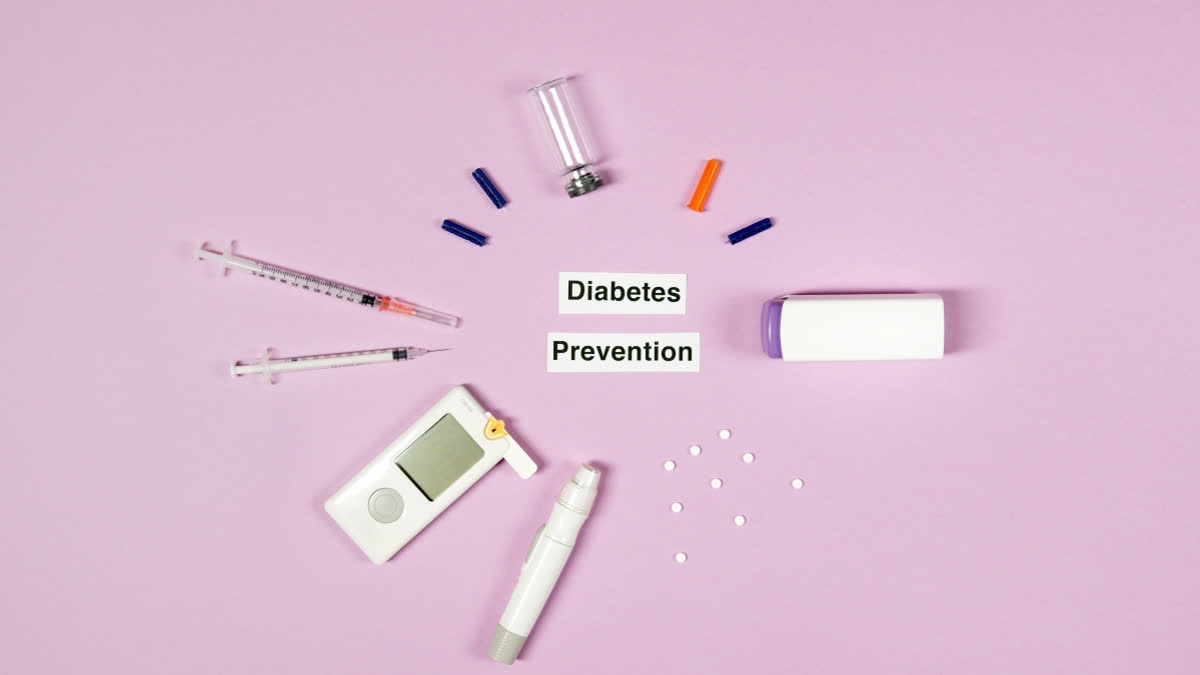Houston [US]: Getting a host immune system to accept the presence of implanted insulin-secreting cells could change the lives of the more than 700 million people who have Type 1 diabetes worldwide. Omid Veiseh, a bioengineer at Rice University, and colleagues discovered new biomaterial formulations that might help end Type 1 diabetes medication and pave the path for a more long-lasting, self-regulating approach to treating the condition. They developed a new screening technique that involves tagging each biomaterial formulation in a library of hundreds with a unique "barcode" before implanting them in live subjects.
According to the study in Nature Biomedical Engineering, using one of the alginate formulations to encapsulate human insulin-secreting islet cells provided long-term blood sugar level control in diabetic mice. Catheters coated with two other high-performing materials did not clog up.
"This work was motivated by a major unmet need," said Veiseh, a Rice assistant professor of bioengineering and Cancer Prevention and Research Institute of Texas scholar. "In Type 1 diabetes patients, the body's immune system attacks the insulin-producing cells of the pancreas. As those cells are killed off, the patient loses the ability to regulate their blood glucose."
For decades, scientists labored toward what Veiseh called a "'holy grail' goal of housing islet cells inside a porous matrix made out of a protective material that would allow the cells to access oxygen and nutrients without getting clobbered by the host's immune system." However, materials with optimal biocompatibility proved very hard to find, due in part to screening constraints. On one hand, immune system response to a given implanted biomaterial can only be assessed in a live host.
"The problem is the immune response needs to be investigated inside the body of these diabetic mice, not in a test tube," said Boram Kim, a graduate student in the Veiseh lab and co-lead author on the study. "That means that if you want to screen these hundreds of alginate molecules, then you need to have hundreds of animal test subjects. Our idea was to screen for hundreds of biomaterials at the same time, in the same test subject."
On the other hand, different biomaterial formulations look the same, making it impossible to identify high-performing ones in the absence of some telltale trait. This made testing more than one biomaterial per host unfeasible. "They are different materials but they look the same," Veiseh said. "And once they are implanted in the body of a test subject and then taken out again, we cannot distinguish between the materials and we would be unable to identify which material formulation worked best."
To overcome these constraints, Veiseh and collaborators came up with a way to tag each alginate formulation with a unique 'barcode' that allowed them to identify the ones that performed best. "We paired each modified biomaterial with human umbilical vein endothelial cells (HUVEC) from a different donor," Kim said.
"The HUVEC cells, because they come from unique donors, act as a barcode that allows us to tell what material was used initially," Veiseh added. "The winners are the ones that have live cells in them. Once we found them, we sequenced the genome of those cells and figured out which material was paired with it. That's how we uncovered the greatest hits."
